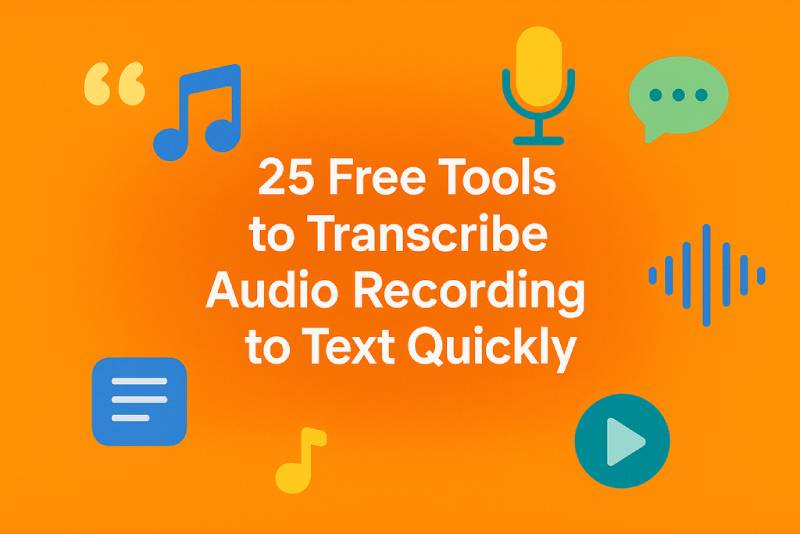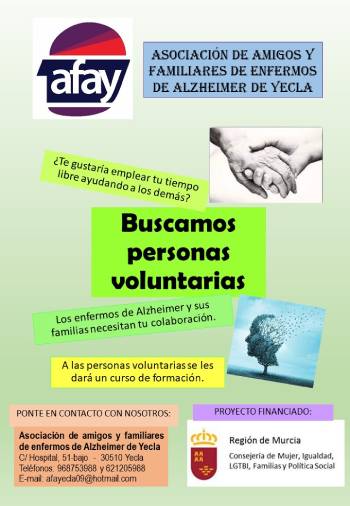If you’re looking to transcribe audio recordings to text quickly, you can pick from a list of powerful free tools, upload or record your file, and get a usable transcript in minutes—instead of typing everything yourself. In the sections ahead, you’ll find why this matters, how to prepare your audio, how to pick the right tool, and a curated list of 25 effective free options (with VOMO first because of its standout speed and accuracy).

Why Convert Audio Recordings to Text Quickly and Free
Turning audio recordings into text isn’t just a convenience: it unlocks accessibility (for people who prefer reading or have hearing limitations), boosts searchability (because text can be indexed), and lets you repurpose spoken content into blogs, meeting minutes or captions. The “quickly” and “free” angle is important—today’s tools allow you to convert recordings into transcripts without waiting days or paying high fees. With a free or freemium service, you can get the text you need almost immediately and avoid hours of typing. That means your audio-to-text workflow becomes faster, smarter and more affordable.
What to Look for in a Free Tool to Transcribe Audio Recordings to Text
When choosing a tool to transcribe your audio recording to text for free, consider a few key factors:
- Supported formats: Ensure the tool accepts common audio file types (MP3, WAV, M4A) so you don’t need to convert files.
- Accuracy & language support: A tool like VOMO claims up to 99% accuracy in clear conditions and supports multiple languages.
- Free plan limitations: Many free tools limit minutes or features, so check how many minutes you can transcribe for free.
- Editing and export options: Can you edit speaker labels, clean up the transcript, export to .txt, .docx or .srt?
- Speed: Tools that convert quickly let you upload and get text in minutes rather than hours.
By vetting tools based on these criteria, you’ll better avoid transcription delays or surprises later.
Prepare Your Audio Recording for Best Results
Preparing your recording improves both speed and accuracy when you transcribe audio recording to text:
- Record in a quiet environment with minimal background noise and clear speaker voices.
- If possible, separate speakers or avoid simultaneous talk so the transcription tool can identify voices.
- Use a compatible audio file format and consider trimming irrelevant parts to reduce processing time.
- Decide ahead: is this transcript verbatim or cleaned-up for reading? Knowing this helps expedite editing.
When your recording is optimized, the free tool you use will deliver better results faster, meaning fewer manual corrections.
Step-by-Step Workflow: From Audio Recording to Text Transcript
Here’s a simple process to transcribe audio recording to text quickly and reliably:
- Upload or record your audio in the free tool of your choice.
- Run the transcription process—select language, speaker settings (if available), then start conversion.
- Review and edit the transcript—fix mis-heard words, speaker labels, punctuation, and structure.
- Export and share your transcript—save as .txt, .docx, .srt, then use it in a blog, minutes, lecture notes or other format.
- Archive the transcript—give the file a meaningful name, store in a searchable folder, ready for reuse.
By following this workflow, you’ll consistently move from audio to polished text in minimal time.
25 Tools to Transcribe Audio Recording to Text Quickly
Here are 25 effective tools you can use to convert your audio recording into text—many offering fully free or freemium access. The list begins with VOMO and then continues in no particular order:
- VOMO – Intelligent Audio & Video Transcription Platform (fast, claims up to 99% accuracy)
- NoteGPT – AI-Powered Audio Transcription Redefined
- Otter.ai – Real-Time Meeting Transcriber
- Descript – Edit Audio and Video by Editing Text
- Rev – Human-Verified Transcription Accuracy
- Sonix – Multilingual and Fast AI Transcription
- Trint – Collaborative Transcription and Editing for Teams
- Happy Scribe – Subtitles, Translation, and Transcription in One
- Notta AI – AI Transcription and Translation Assistant
- Temi – Budget-Friendly Automatic Transcription (ASR)
- Scribie – Secure & Confidential Human Transcription
- TranscribeMe – Hybrid Human + AI Transcription for Professionals
- GoTranscript – Human-Level Accuracy Transcription Service
- MeetGeek – Automatic Meeting Transcripts & Summaries
- Beey – AI-Driven Subtitles and Speech Recognition
- Audext – Automatic Speech Recognition with Built-In Editor
- Amberscript – Accurate Speaker Identification & Subtitles
- oTranscribe – Free In-Browser Manual Transcription Tool
- Express Scribe – Pro Software for Manual Transcriptionists
- Transcribe (by Wreally) – Simple Audio to Text Tool for Professionals
- EaseText – Offline Speech-to-Text Transcriber
- InqScribe – Multimedia Transcription and Annotation
- SpeedScriber – Fast macOS Transcription for Creators
- GoSpeech – AI Speech-to-Text for Small Businesses
- Fireflies.ai – AI Meeting Insights, Summaries, and Transcripts
Each of these tools offers a path to convert your recording into text without spending money, enabling you to work faster and smarter.
How to Choose the Right Tool From the List
Selecting the right tool depends on your use-case:
- For podcasts or long interviews: choose tools with good free minutes and editing features.
- For meetings or lectures: tools with speaker recognition and integration (e.g., Otter.ai, MeetGeek) may be best.
- For very clear recordings where cost is the barrier: a free plan with fast AI transcription like VOMO can suffice.
- For legal or professional accuracy: consider hybrid tools that mix human review.
Check free minute limits, export formats, languages supported, and editing workspace to ensure your chosen tool fits your workflow.
Best Practices to Avoid Mistakes When Converting Audio Recordings to Text
To minimize errors after you transcribe audio recording to text:
- Ensure recording quality: no overlapping voices, steady volume, minimal noise.
- After transcription, always review and correct: AI tools aren’t perfect, especially with accents or jargon.
- Label speakers and timestamps where needed to improve readability.
- Export in the format you’ll actually use and store with meaningful file names for later retrieval.
- Use the workflow consistently—upload, transcribe, review, repurpose—so each time you convert you get better output faster.
Your Getting-Started Checklist to Transcribe Audio Recordings to Text Today
You’re now armed with a strong list of free tools, a clear workflow, and best-practice tips to convert audio recordings into text quickly and with fewer mistakes. Here’s your action plan:
- Pick one of the tools listed above—start with VOMO for speed and simplicity.
- Upload or record a high-quality audio file.
- Run the transcription, then edit and export the transcript.
- Use the text for the end-goal you have in mind—blog post, meeting summary, lecture notes.
- Save and archive the transcript for future reference and reuse.
With this system in place, transcribing audio recordings to text becomes a seamless part of your content workflow—faster, free, and reliable.


















.